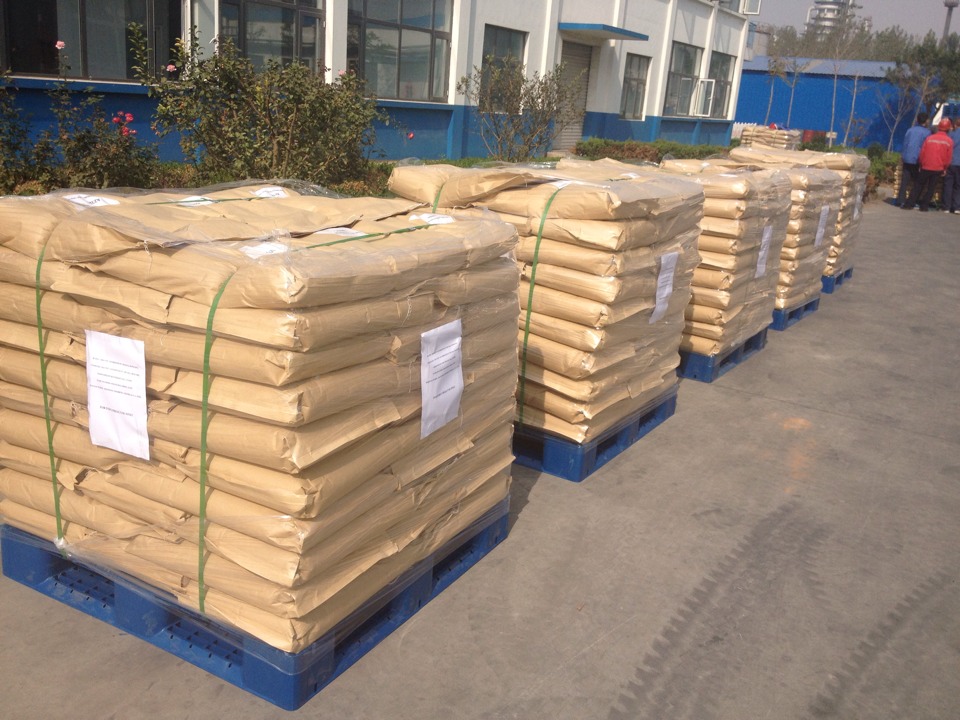News
News
- Is the zetag 4100 DK a kind of cationic or anionic polyacrylamide?
- what is application of polyacrylamide used for red mud in aluminum plant?
- How does amphoteric polyacrylamide works?
- whats is main applications of amphoteric polyacrylamide?
- what is main applications of nonionic flocculant?
- what is application of polyacrylamide?How is the product classified?what is applications ?
- What are the production processes of polyacrylamide? What are their own characteristics?
- what is PHPA polymer and what is the main applicaitons in oilfeild?
- what is the main application of amphoteric polyacrylamide?
- what is hydrolysis degree and molecular weight ?what is applications of polyacrylamide?
Water molecules are drawn into the network across a diffusion gradient - formed by the neutralization of the polymer backbone usually with Sodium (NaOH) or Potassium (KOH). The polymer chains want to straighten but cannot due to the cross-linking. Thus, the particles expand as water moves into the network.
The water is held tightly in the network by Hydrogen-bonding.
Super Absorbent Polymer is a high-tech product, it has special structure and excellent hydrophilic group, which make it not dissolve in water but can absorb hundred times of water or several decuples of bio-brine (body fluid), and process superior water retaining capacity, and the water absorbed is hard to extrude. Several excellent capacities of SAP ensure the high quality of sanitary products, such as the high absorbing speed, good absorbance under load, good gelatin intensity, and excellent capacity of anti-moisture. SAP adopts advanced manufacturing techniques, thus monomer residual is low, and it's non-poisonous and smell-less, and no stimulation to skin. Under certain conditions it can degrade into small molecule such as water, carbon dioxide, ammonia...etc., thus it is a green and environment protecting high-tech product.
Super absorbent polymer (SAP) is a type of hydrophilic macromolecular compound provided with loose network configurations. It is widely applied in fields such as daily necessities, petroleum, chemistry, light industry, architecture, medical and health, agriculture, etc.Welcome to consult Skype: frank99886600 WeChat: Frank13553089896 The market demand on SAP in China is now being increased rapidly with an average annual growth rate in consumption of about 30%. Shandong Shuiheng Chemical Corporation In 2009, the domestic production capacity of super absorbent polymer was 229,000 tons and the production output was about 120,000 tons. In 2010, the domestic demand on SAP was over 197,500 tons. The domestic market potential on SAP is great, and construction of SAP production project can meet such market demands.
The synthetic methods of super absorbent polymers are bulk polymerization, solution polymerization, inverse suspension polymerization, inverse emulsion polymerization and so on, the latter two can be directly obtained a powder or granular product, but the system compared to bulk polymerization, solution polymerization both are more complex and influenced by many factors, currently still difficult to achieve industrialization, it is necessary to conduct a detailed study of these two factors in the process in order to optimize the process, promote their industrialization.
Improve the overall performance of superabsorbent depends on many factors, research preparation methods which are very important. The same React material, but the performance difference between different drying methods polymerization process and a greater impact on the product.
Superabsorbent polymers (SAP) were first produced in the U.S. and Japan in 1970. These polymers were used in the manufacture of baby diapers and adult incontinence products due to their high water absorbing and retaining capacity. Superabsorbent polymers (SAP) help keep the skin dry, thereby preventing the spread of infections in diaper users. Demand for these polymers is expected to be high in the near future. There are two types of superabsorbent polymers (SAP): sodium polyacrylate and polyacrylamide copolymer. Both these polymers are used in the manufacture of diapers and various hygiene products in the market. The market for superabsorbent polymers (SAP) is anticipated to grow significantly due to increasing demand for hygiene products.



